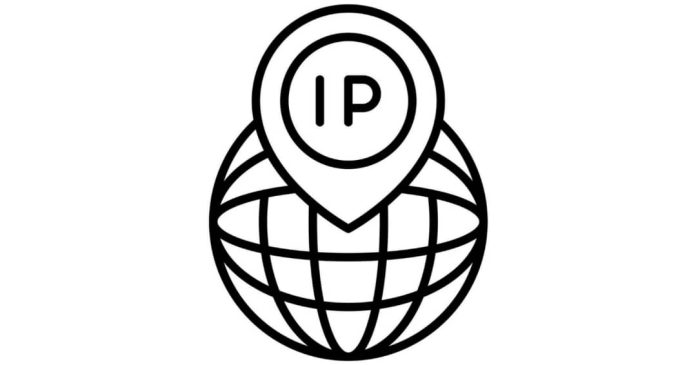Classful IP addressing is an early method used to allocate IP addresses based on fixed classes.
It divides the IP address space into five classes: A, B, C, D, and E.
Class A (1.0.0.0 to 127.0.0.0) is reserved for large networks, with addresses ranging from 0.0.0.0 to 127.255.255.255.
Class B (128.0.0.0 to 191.255.255.255) is for medium-sized networks, while Class C (192.0.0.0 to 223.255.255.255) is used for smaller networks.
Class D (224.0.0.0 to 239.255.255.255) is used for multicast addresses, and Class E (240.0.0.0 to 255.255.255.255) is reserved for experimental use.
Classful addressing assigns default subnet masks based on the class, limiting flexibility and leading to inefficiency in address allocation. This method was eventually replaced by Classless Inter-Domain Routing (CIDR), which provides more efficient and scalable address management. However, classful addressing played a key role in the early days of IP networking.



